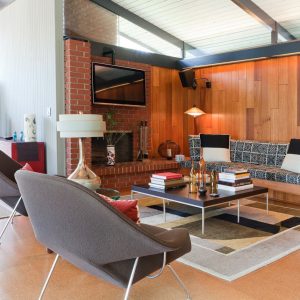
The Timeless Creativity of Serge Mouille’s Iconic Lighting Designs
Introduction
Serge Mouille’s designs are more than just functional lighting fixtures; they are iconic sculptures that have stood the test of time. Mouille’s work is characterized by its unique shapes, fluid lines, and minimalist aesthetic. From the Six-Arm Spider Chandelier to the One-Arm Floor Lamp, his creations continue to capture the imagination of designers, architects, and consumers alike.
The Life and Career of Serge Mouille
Serge Mouille was born in Paris in 1922 and trained as a silversmith before graduating from the Ecole des Arts Appliqués. In the 1950s, he began designing lighting fixtures for his own apartment, and soon his friends and family were requesting that he create similar pieces for them. Mouille’s fame grew as his work was exhibited in galleries around the world, and he became a sought-after designer for some of the most prestigious projects of the era.
In 1958, Mouille received a commission from the French government to design the lighting fixtures for the Cité Universitaire in Paris. The project included the creation of the iconic Six-Arm Spider Chandelier, which has since become one of Mouille’s most famous designs.
The Design Aesthetic of Serge Mouille
Mouille’s designs are characterized by their fluid lines, minimalist aesthetic, and use of unique shapes. His work draws inspiration from nature, with many of his designs resembling the curves and shapes of organic forms.
One of the hallmark features of Mouille’s work is the use of multiple arms, which he used frequently in his chandeliers and floor lamps. His pieces are functional works of art that cast a warm, ambient light while also serving as focal points in any space.
The Legacy of Serge Mouille
Serge Mouille’s designs continue to inspire designers and enthusiasts today, almost 60 years after their creation. His work has been exhibited in some of the world’s most prestigious museums, including the Smithsonian Institute and the Museum of Modern Art in New York City.
Mouille’s legacy is also reflected in the continued popularity of his designs, which are still being reproduced and used in homes, offices, and public spaces. Architects and interior designers continue to draw inspiration from Mouille’s work and incorporate his pieces into their own creations.


